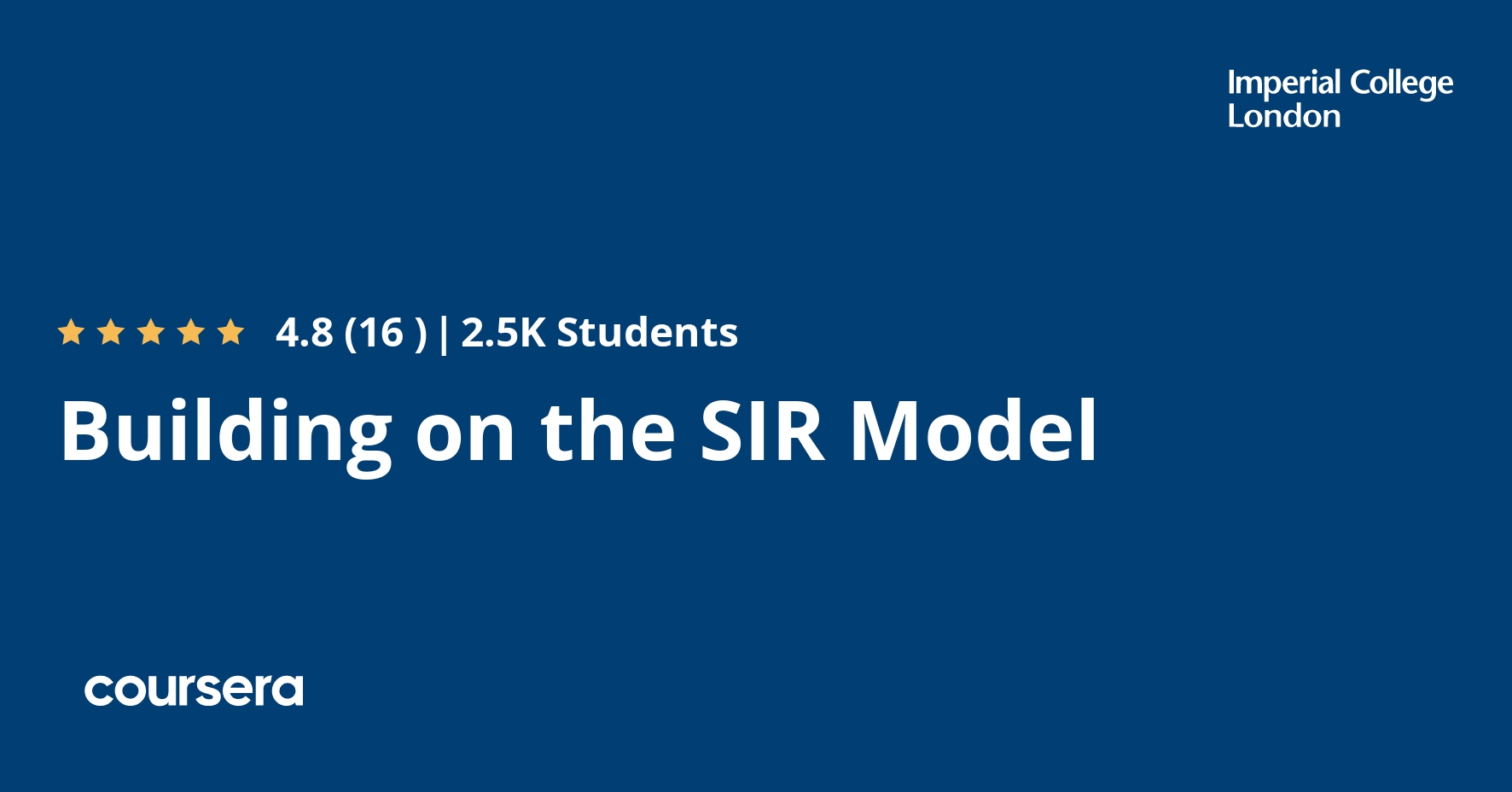Description
The other two courses in this specialisation require you to perform deterministic modelling – in other words, the epidemic outcome is predictable as all parameters are fully known. However, this course delves into the many cases – especially in the early stages of an epidemic – where chance events can be influential in the future of an epidemic. So, you’ll be introduced to some examples of such ‘stochasticity’, as well as simple approaches to modelling these epidemics using R. You will examine how to model infections for which such ‘population structure’ plays an important role in the transmission dynamics, and will learn some of the basic approaches to modelling vector-borne diseases, including the Ross-McDonald Model.
Even if you are not designing and simulating mathematical models in future, it is important to be able to critically assess a model so as to appreciate its strengths and weaknesses, and identify how it could be improved. One way of gaining this skill is to conduct a critical peer review of a modelling study as a reviewer, which is an opportunity you’ll get by taking this course.





